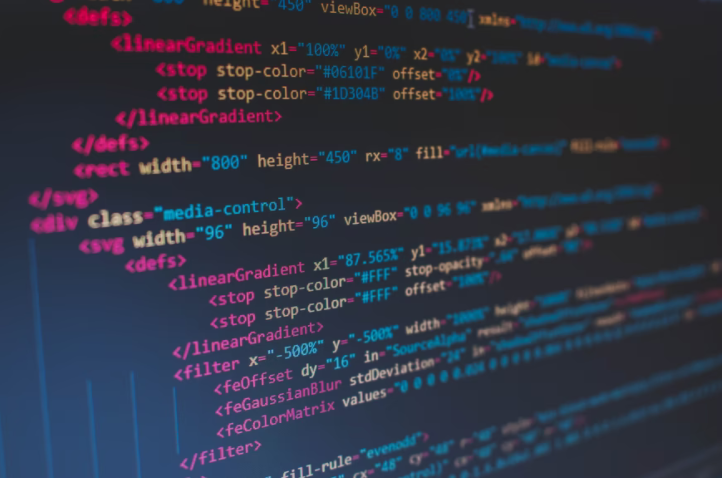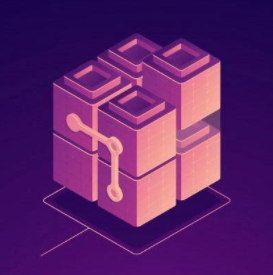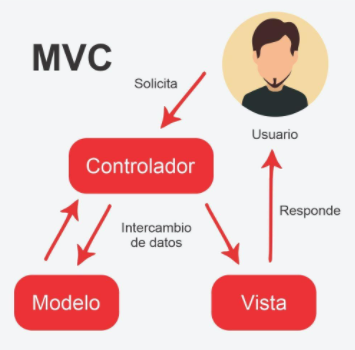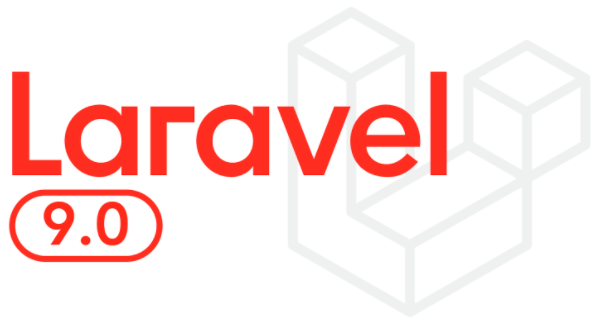With the advancement of technology, we can see that there are more and more programs that allow you to develop websites and web applications, such as WordPress,
Laravel
, Symfony, Drupal…. and many other CMS and frameworks.
However, these become a bit complex when you want to perform certain tasks due to their limitations.
Because of this, new tools began to appear to help simplify the processes and eliminate these constraints, so that the development experience is the best possible.
In this post we introduce you to one of them: Laravel.
Laravel is an open source framework for building and developing web applications and websites. It uses the PHP scripting language and helps to assimilate its codes and syntax in a simple way.
The difference between scripting language and programming language is the ease of use and speed of execution of the former, since the amount of coding required is minimized.

Now, what is a PHP framework? Basically, it is a working scheme or structure, both conceptual and technological, from which software can be organized and developed.
This structure, based on pre-programmed functionalities, allows to build modern sites and applications quickly and in a customized way.
Laravel offers both tools, components and utilities very well organized, allowing a simple, secure, powerful and streamlined work through a beautiful, elegant, creative and fun to use interface.
The initial requirements to start using Laravel will be: to have a database, a web development environment and PHP libraries.
Regardless of your development experience or type of project, you will find Laravel to be the ideal software tool to implement your ideas and day-to-day development because it is so easy to understand and learn.
As we mentioned, the main goal of Laravel is to facilitate the tasks in your web projects and to create and order code in a simple way. This avoids the so-called “spaghetti code”, a complex and incomprehensible code structure.

All this is done through multiple functionalities with a variety of purposes and possibilities. Below, we will discuss some of them:

It has a modular and extensible code for database management.
Modular as it promotes the separation of files with a correct and defined order.
Extensible because you can add the packages you need through its Packalyst directory.
It has a fast and efficient routing system. This allows us to relate the user’s input to the different parts of our application. In short, it makes the routes between the source and destination host shorter.
On the other hand, Laravel has a folder called “routes” where all the routes of the application are located. In this way, route management is very intuitive and easy to identify.
It has an adjustable cache system that allows your application to load quickly by reducing processing times. In this way, it helps to improve your users’ experience.
It has native user authentication and includes the option to “remember” the user. It also allows to know the number of sessions, to know if our users are active, and stores information about them.
It includes Eloquent ORM, which is a relational data mapping system. It allows the relationship between objects and the data they represent. It is very intuitive, which facilitates and simplifies data processing.
It features Blade, the most complete template engine for PHP. It allows you to make customized, visually striking and powerful pages, without having to implement your own configuration system.
By providing these basics, you will save time on all programming tasks and be able to focus on what really matters.

It uses an MVC (ModelViewController) architecture, which is a software architecture pattern that separates code according to responsibilities to facilitate development.
Eloquent participates in the creation of Models. Blade favors clean code in Views. The Controller is the conduit between the Models and the Views.
This architecture works as follows:
Migrations allow databases, their fields and keys to be generated and updated from PHP code. They help in the destruction or recreation of databases by tracking their modifications over time.
One of the great advantages of migrations is that they facilitate teamwork.
Laravel has a command line interface called Artisan. It provides useful commands when building your application. It also allows you to create your own commands for automatic or scheduled tasks.
One of the reasons why Laravel is considered a secure application is because it allows you to encrypt your data.

On the other hand, the CSRF token, which is random and changes every few seconds, provides high security for all forms submitted for each user login.

Laravel can be used for any project you want to do in PHP, some examples are:
Since its creation in 2011, Lavarel has done nothing but grow and this is due to several factors.
In principle, it is thanks to all the amazing features mentioned above. We can say that Laravel meets all the functionalities of the competition.
At the same time, it is one of the easiest frameworks to use and learn because of its simplicity, which is something difficult to achieve with PHP languages.

In this way, it allows those developers who wanted to obtain more complex results in their projects, to do it in the best way and without having complications when using new commands.
Moreover, it is one of the most widely used PHP frameworks. As it has a large and active community, it is easy to solve doubts at any time they arise, not only through its tutorials but also through the consultation forums created by the developers who use it.
This large number of users means that it is continually being maintained and updated.
Another advantage is its online documentation. Laravel has many examples of use and learning resources aimed at both beginners and more experienced developers.
Laravel is about to release its latest version with new features and fixes: Laravel 9. This will require Symfony 6.0 and PHP 8.

Several of its new features have already been announced. Some of them are mentioned below:
In summary, if you are looking to develop applications quickly and easily, but that require some complexity, you should consider Laravel as your first choice.
In addition, it is perfect for those who want to enter the world of frameworks from scratch, not only for its ease of use and intuitive interface, but also for the great support provided by its community for those who are learning.
In turn, it will allow experts to carry out any project they imagine in a smooth and safe way.
Laravel makes things so easy through its libraries and pre-programmed functionalities, that you will be able to focus on what really matters when it comes to launching your project.

Gina Parente
Member of the professional team of
Materialesdefabrica.com
y
Habitium.com
If you want to have the website you want or increase the online visibility of your brand, we know how to do it.
Shall we start today?
Leave a Reply